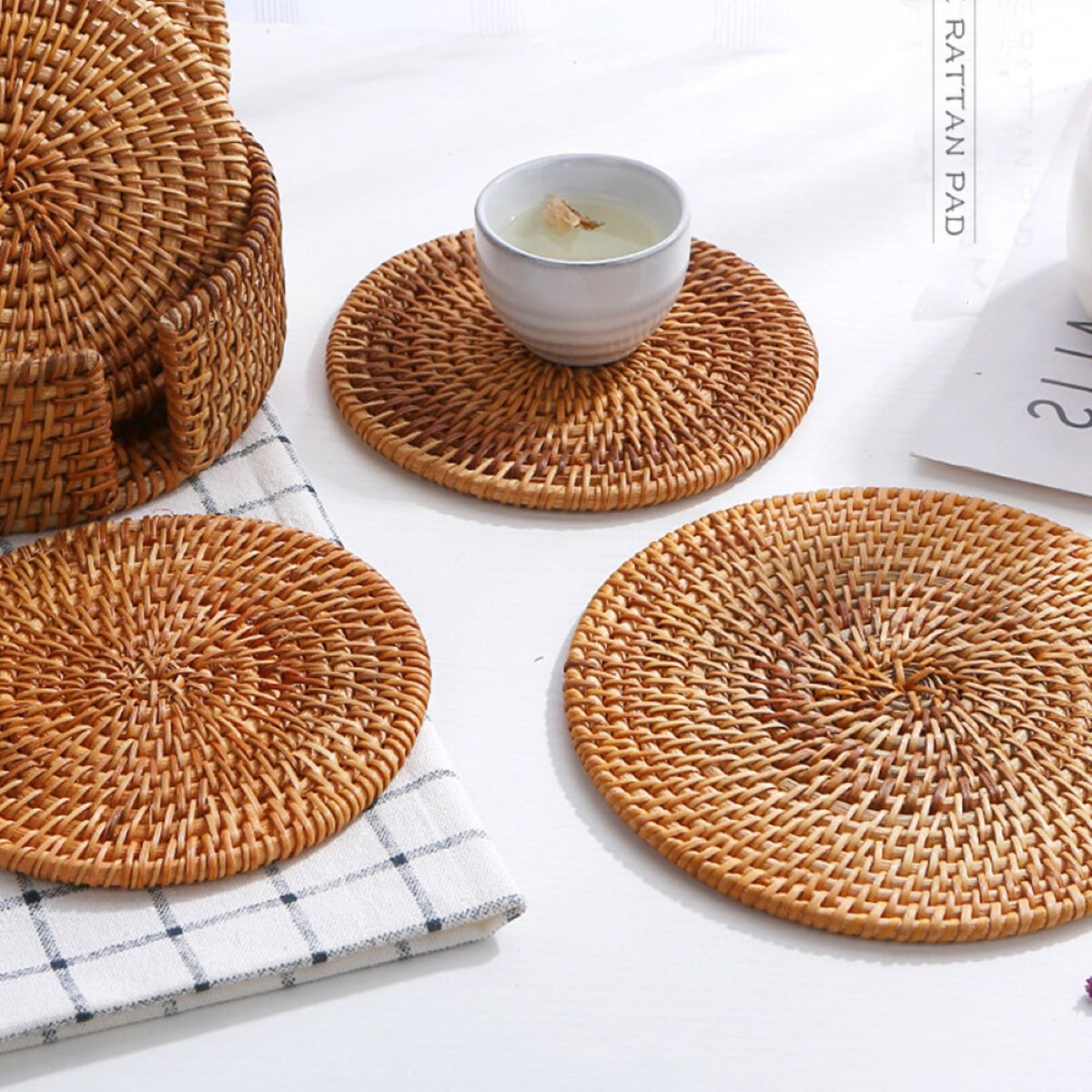

Articles
How To Store Placemats
Modified: January 23, 2024
Looking for tips on how to store articles like placemats? Discover effective storage techniques to keep your placemats organized and protected.
(Many of the links in this article redirect to a specific reviewed product. Your purchase of these products through affiliate links helps to generate commission for Storables.com, at no extra cost. Learn more)
Introduction
Placemats are not just practical table accessories; they also add style and elegance to any dining setting. Whether you have a collection of fabric, vinyl, plastic, or woven placemats, proper storage is essential to keep them in excellent condition and ready for use. In this article, we will discuss the best methods for storing placemats, taking into consideration the different materials and designs. By following these storage tips, you can maintain the quality and extend the lifespan of your placemats.
Choosing the right storage method for your placemats is crucial to prevent damage and preserve their appearance. Improper storage can lead to creases, wrinkles, fading, and even mold growth. The goal is to keep them clean, flat, and protected from dust, moisture, and sunlight.
When it comes to storing placemats, you can opt for either folding or rolling them. Both methods have their advantages and depend on the space available, the material of the placemats, and personal preference.
Key Takeaways:
- Proper storage of placemats is crucial for maintaining their quality and longevity. Whether folding or rolling, ensure cleanliness, protection, and suitable containers to preserve fabric, vinyl, or woven placemats.
- Material-specific storage tips are essential for preserving fabric, vinyl, or woven placemats. Clean, dry, and store them appropriately to maintain their appearance and functionality for years to come.
Read more: How To Crochet A Placemat
Choosing the Right Storage Method
Folding: This storage method works well for fabric placemats or those made of sturdy materials that can withstand folding. Start by ensuring that the placemats are clean and completely dry. Smooth out any wrinkles or creases before folding. Depending on the size of the placemats, you can fold them in half or into thirds, making sure the corners meet. Place a piece of acid-free tissue paper or plain white paper between each folded placemat to protect them from sticking together or transferring color. Store them in a clean, dry drawer or container, making sure to stack them vertically to minimize pressure on the folded edges.
Rolling: Rolling is a suitable storage method for placemats made of delicate materials like vinyl or plastic, as well as those with intricate designs or printed patterns. Start by cleaning and drying the placemats thoroughly. Lay them flat on a clean surface and roll them tightly, starting from one end to the other. If the placemats are large or thick, you can secure them with a rubber band or tie a ribbon around the roll to keep it in place. Store the rolled placemats in a clean, dry container or hang them on a hanger to prevent creasing and ensure they stay flat.
Now, let’s delve into material-specific storage tips for different types of placemats, starting with fabric placemats.
Key Takeaways:
- Proper storage of placemats is crucial for maintaining their quality and longevity. Whether folding or rolling, ensure cleanliness, protection, and suitable containers to preserve fabric, vinyl, or woven placemats.
- Material-specific storage tips are essential for preserving fabric, vinyl, or woven placemats. Clean, dry, and store them appropriately to maintain their appearance and functionality for years to come.
Read more: How To Crochet A Placemat
Choosing the Right Storage Method
When it comes to storing placemats, choosing the right method is crucial to maintain their condition and ensure they remain ready for use. The two main storage methods for placemats are folding and rolling. Each method has its advantages, and the best option depends on factors like the material of the placemats, available space, and personal preference.
Folding:
Folding placemats is a convenient storage method, especially for fabric placemats or those made of sturdy materials that can withstand folding. Here’s how to properly fold your placemats:
- Ensure that the placemats are clean and completely dry before folding.
- Smooth out any wrinkles or creases in the placemats to ensure they fold neatly.
- Depending on the size of the placemats, fold them in half or into thirds, making sure the corners meet.
- To protect the placemats from sticking together or transferring color, place a piece of acid-free tissue paper or plain white paper between each folded placemat.
- Store the folded placemats in a clean, dry drawer or container.
- When stacking the placemats, do so vertically to minimize pressure on the folded edges.
Rolling:
Rolling is a suitable storage method for placemats made of delicate materials like vinyl or plastic, as well as those with intricate designs or printed patterns. Follow these steps to roll your placemats for storage:
- Ensure that the placemats are clean and completely dry before rolling.
- Lay the placemats flat on a clean surface.
- Starting from one end, roll the placemats tightly until you reach the other end.
- If the placemats are large or thick, consider securing them with a rubber band or tying a ribbon around the roll to keep it in place.
- Store the rolled placemats in a clean, dry container or hang them on a hanger to prevent creasing and ensure they stay flat.
Choosing between folding and rolling ultimately depends on the specific needs of your placemats. Folding is ideal for fabric placemats and provides a neat and space-efficient storage solution. On the other hand, rolling is better for delicate materials, preventing creases and preserving intricate designs.
Now that you know how to choose the right storage method, let’s explore material-specific storage tips for fabric, vinyl or plastic, and woven or bamboo placemats.
Folding vs. Rolling
When it comes to storing placemats, you have the option of either folding or rolling them. Each method offers its own advantages and is suitable for different types of placemats. Understanding the benefits and considerations of each method can help you make an informed decision for proper storage.
Folding:
Folding placemats is a popular storage method, as it allows for easy organization and space-saving. Here are some key points to consider when opting for folding:
- Suitability: Folding is a suitable storage method for fabric placemats or those made of sturdy materials that can withstand folding without damage.
- Efficiency: Folding placemats allows you to stack them vertically, conserving space in your storage area. This is especially beneficial if you have limited drawer or shelf space available.
- Easy Access: Since folded placemats can be neatly organized, it is easier to identify and access the specific placemats you need when setting the table.
- Prevention of Creases: When properly folded, placemats can avoid developing unsightly creases or wrinkles that may affect their appearance when placed on the table.
Rolling:
Rolling placemats offers a different approach to storage and is particularly beneficial for specific types of placemats. Here are some considerations for choosing the rolling method:
- Suitability: Rolling is a suitable storage method for delicate placemats made of materials like vinyl or plastic, as well as those with intricate designs or printed patterns.
- Protection: Rolling helps to protect delicate materials from creasing or bending. It also prevents intricate designs from getting damaged or distorted during storage.
- Presentation: Rolled placemats can be aesthetically pleasing, resembling a compact scroll. They can be stored in a container or hung on a hanger, adding a decorative touch to your storage area.
- Easy Sorting: With rolled placemats, it is easy to sort through and select the placemats you need, as they are visible and accessible without unfolding or shuffling through a stack.
Ultimately, the decision to fold or roll your placemats depends on the material, space availability, and personal preference. Assess your placemats’ characteristics and your storage area to determine the best method that will keep them well-preserved and easily accessible.
Now that you understand the folding and rolling methods, let’s explore material-specific storage tips for different types of placemats.
Material-Specific Storage Tips
Properly storing placemats based on their specific material is essential to preserve their quality and ensure their longevity. Different materials require different care and storage techniques. Let’s explore material-specific storage tips for fabric, vinyl or plastic, and woven or bamboo placemats.
Fabric Placemats:
Fabric placemats are known for their elegance and versatility. Here are some storage tips specifically tailored for fabric placemats:
- Clean and Dry: Before storing fabric placemats, make sure they are clean and completely dry. This helps prevent any stains or moisture from setting in during storage.
- Fold and Stack: Fold fabric placemats neatly, as mentioned earlier, and stack them vertically to save space. Place a layer of acid-free tissue paper or plain white paper between each folded placemat to prevent color transfer and protect the fabric.
- Storage Container: Store fabric placemats in a clean, dry drawer or container. Make sure the container is large enough to accommodate their size without causing excessive compression or wrinkling.
- Avoid Sunlight: Direct sunlight can fade fabric colors over time. Store fabric placemats in a location away from direct sunlight to maintain their vibrancy.
Vinyl or Plastic Placemats:
Vinyl or plastic placemats are durable and easy to clean, making them a popular choice. Here’s how you can store them properly:
- Clean and Dry: Thoroughly clean and dry vinyl or plastic placemats before storing them to prevent any residue or stains from drying on the surface.
- Roll and Secure: Roll the placemats tightly, as discussed earlier, and secure them with a rubber band or tie a ribbon around the roll to keep it in place. This ensures that the placemats remain flat and free from creases.
- Container or Hanger: Store rolled vinyl or plastic placemats in a clean, dry container or hang them on a hanger. Hanging them can help preserve their shape and prevent any folding lines from developing.
- Avoid Extreme Temperatures: Extreme temperatures can cause vinyl or plastic to warp or become brittle. Store them in a place where the temperature remains moderate and avoid exposing them to direct heat sources.
Woven or Bamboo Placemats:
Woven or bamboo placemats add a rustic and earthy touch to any table setting. Here are some storage tips for these unique placemats:
- Clean and Dry: Clean the woven or bamboo placemats gently to remove any debris or stains. Allow them to dry completely before storing to prevent moisture retention.
- Flat Storage: Lay the placemats flat on a clean surface to avoid any deformation or bending. If you must stack them, place a layer of plain white paper or fabric between each placemat to provide cushioning.
- Storage in a Box: Store woven or bamboo placemats in a box or container with a lid to protect them from dust and moisture. Make sure the container is large enough to accommodate the size of the placemats without causing excessive pressure.
- Avoid Humidity: Excessive humidity can cause woven or bamboo placemats to warp or become moldy. It’s essential to store them in a dry location away from areas with high humidity.
By following these material-specific storage tips, you can ensure that your placemats remain in optimal condition and ready for use whenever you need them.
Now, let’s explore some additional tips for proper placemat storage.
Store placemats flat in a drawer or on a shelf to prevent creasing. If stacking, place a piece of felt or cloth between each placemat to protect them from scratches.
Read more: How To Quilt Placemats
Storing Fabric Placemats
Fabric placemats are a beautiful addition to any table setting, and proper storage is essential to preserve their quality and appearance. Here are some tips specifically tailored for storing fabric placemats:
- Clean and Dry: Before storing fabric placemats, ensure they are clean and completely dry. Stains or moisture left on the placemats can set in during storage and be difficult to remove later. Follow the specific cleaning instructions for your fabric placemats, whether it’s machine-washing, hand-washing, or dry-cleaning.
- Straighten and Smooth: Smooth out any wrinkles, creases, or folds in the fabric placemats before storage. This can be done by gently stretching them or using a cool iron on low heat if the fabric permits. Taking the time to straighten them will help maintain a neater appearance when you’re ready to use them again.
- Protect the Placemats: Place a layer of acid-free tissue paper or plain white paper between each folded fabric placemat. This prevents them from sticking together or transferring color to one another. It also offers additional protection against any potential damage, such as scratches or creases.
- Vertical Stacking: Store folded fabric placemats vertically to minimize pressure on the folded edges. This prevents deep creases or permanent wrinkles from forming. Place them in a clean, dry drawer or container where they can be easily accessed when needed.
- Avoid Sunlight: Direct sunlight can fade fabric colors over time. When choosing the storage location for your fabric placemats, opt for a spot away from direct sunlight. This will help preserve their vibrant colors and patterns for longer.
- Regularly Check: Periodically check on your stored fabric placemats to ensure they are still in good condition. Look for any signs of damage, moisture, or pests that may require immediate attention. Taking proactive measures can prevent any potential issues from escalating and affecting other placemats.
By following these storage tips, you can keep your fabric placemats in excellent condition, ready to be used for your next special occasion or everyday dining.
Now, let’s move on to discuss the storage of vinyl or plastic placemats.
Storing Vinyl or Plastic Placemats
Vinyl or plastic placemats are durable, easy to clean, and come in a variety of designs. To ensure their longevity and keep them in excellent condition, proper storage is crucial. Here are some tips for storing vinyl or plastic placemats:
- Clean and Dry: Before storing vinyl or plastic placemats, clean them thoroughly to remove any food particles or stains. Wipe them down with a damp cloth or use a mild soap solution if necessary. Ensure they are completely dry before proceeding with storage.
- Rolling Method: Roll the placemats tightly to store them. This helps prevent creasing and keeps the placemats flat and free from any wrinkles. Start rolling from one end to the other, and consider securing the roll with a rubber band or tying a ribbon around it to keep it in place.
- Storage Container: Find a clean, dry container or box to store the rolled vinyl or plastic placemats. Look for a container that is the appropriate size to accommodate the rolled placemats without causing excessive compression or bending. This helps maintain their shape and prevents any damage while in storage.
- Avoid Extreme Temperatures: Vinyl or plastic placemats can be sensitive to extreme temperatures, which can cause warping or brittleness. When selecting a storage location, choose a place where the temperature remains moderate, and avoid exposing them to direct heat sources.
- Avoid Stacking: It is generally best to store rolled vinyl or plastic placemats individually in the container rather than stacking them on top of one another. Stacking can create pressure and potentially deform or damage the placemats.
- Frequent Inspection: Regularly check on your stored vinyl or plastic placemats to ensure they are in good condition. Look for any signs of damage, such as cracks or peeling. If you notice any issues, address them promptly to prevent them from worsening or affecting other placemats in storage.
By following these storage tips, you can prolong the lifespan of your vinyl or plastic placemats and keep them in pristine condition for many meals to come.
Next, let’s explore the storage of woven or bamboo placemats.
Storing Woven or Bamboo Placemats
Woven or bamboo placemats provide a rustic and natural touch to your table setting. To keep them in excellent condition, it is important to store them properly. Here are some tips for storing woven or bamboo placemats:
- Clean and Dry: Before storing woven or bamboo placemats, ensure they are clean and completely dry. Gently brush them or wipe them down to remove any crumbs or debris. If needed, use a mild soap solution, but avoid submerging them in water to prevent warping or weakening of the material.
- Flat Storage: Lay the placemats flat on a clean surface while storing them. Avoid folding or bending them, as this can damage the woven or bamboo material and lead to permanent creases.
- Protective Layer: To provide cushioning and additional protection, place a layer of plain white paper or fabric between each placemat. This helps prevent scratching or rubbing against each other during storage.
- Storage in a Box: Store woven or bamboo placemats in a box or container with a lid. Using a container helps protect them from dust, moisture, and potential damage. Make sure the container is large enough to fit the placemats without causing any bending or overcrowding.
- Avoid Humidity: Excessive humidity can cause woven or bamboo placemats to warp or develop mold. Store them in a dry location away from areas with high humidity, such as basements or bathrooms.
- Regular Inspection: Regularly check on your stored woven or bamboo placemats to ensure they are in good condition. Look for any signs of pest infestation, mold, or deterioration. If you notice any issues, address them promptly to prevent further damage.
By following these storage tips, you can maintain the quality and durability of your woven or bamboo placemats, ensuring that they are ready to enhance your table setting whenever you need them.
Now that you know how to store different types of placemats, let’s explore some additional tips for proper storage.
Additional Tips for Proper Storage
When it comes to storing placemats, there are a few extra tips to keep in mind to ensure their long-lasting quality and ease of use. Here are some additional tips for proper placemat storage:
- Labeling: Consider labeling or categorizing your storage containers or drawers. This can help you easily locate specific placemats when needed, especially if you have a large collection or different sets for different occasions.
- Rotation: To prevent any one set of placemats from being constantly used and exposed to wear and tear, consider rotating your selection. Use different sets of placemats periodically to distribute the usage evenly across all of them.
- Keep Away from Heat Sources: Avoid storing placemats near heat sources such as stoves or radiators. Heat can damage various materials and cause fading or warping over time.
- Avoid Prolonged Pressure: When stacking or storing placemats, try to avoid placing heavy items on top of them for long periods. Excessive pressure can lead to indentations or permanent marks on the placemats.
- Regular Cleaning: Even while in storage, it’s a good idea to periodically clean your placemats to prevent the accumulation of dust or dirt. Simply wipe them down or give them a gentle shake to remove any loose particles.
- Environment Considerations: If you live in an area prone to high humidity, consider using dehumidifiers or moisture absorbers in your storage area to help maintain an optimal environment for your placemats.
- Proper Handling: When taking out placemats from storage, handle them with clean hands to avoid transferring dirt, oil, or moisture onto the placemats. This helps keep them clean and ready for use straight from storage.
By following these additional tips, you can ensure that your placemats remain in excellent condition, easily accessible, and ready to enhance your table settings whenever you need them.
Now, armed with these storage tips, you can confidently preserve the quality and beauty of your placemats for years to come. Remember to choose the appropriate storage method based on the material of your placemats, fold or roll them accordingly, and provide suitable protection to keep them in top shape. Happy storing!
If you have any other questions or need further assistance, feel free to ask.
Read more: How To Set A Placemat
Conclusion
Properly storing your placemats is essential for preserving their quality, ensuring their longevity, and keeping them ready for use whenever you need them. Whether you have fabric, vinyl or plastic, woven or bamboo placemats, following the right storage methods will help maintain their appearance and functionality.
Choosing between folding and rolling depends on the type of material and the available storage space. Folding is suitable for fabric placemats, while rolling works well for delicate materials like vinyl or plastic. Whichever method you choose, make sure to clean and dry the placemats thoroughly before storage to prevent stains or moisture damage.
When storing fabric placemats, fold them neatly and stack them vertically with protective tissue paper between each to prevent color transfer or sticking. For vinyl or plastic placemats, roll them tightly and secure the roll to maintain their flatness. Store in a container or hang them to protect against creasing.
Woven or bamboo placemats require careful handling. Lay them flat and place a protective layer between the mats when storing. Choose a container with a lid to safeguard them from dust and store them away from high humidity.
Additional tips for proper storage include labeling containers, rotating placemats, avoiding heat sources, and regular cleaning. These practices will ensure that your placemats remain in excellent condition, ready to enhance any dining occasion.
Remember, the key to effective placemat storage is maintaining cleanliness, protecting them from damage, and creating an organized system that allows for easy access when needed.
By following the right storage methods and implementing these tips, you can keep your placemats in superb condition, prolong their lifespan, and enjoy beautiful and well-preserved table settings for years to come.
If you have any further questions or need assistance, don’t hesitate to ask. Happy storing!
Frequently Asked Questions about How To Store Placemats
Was this page helpful?
At Storables.com, we guarantee accurate and reliable information. Our content, validated by Expert Board Contributors, is crafted following stringent Editorial Policies. We're committed to providing you with well-researched, expert-backed insights for all your informational needs.
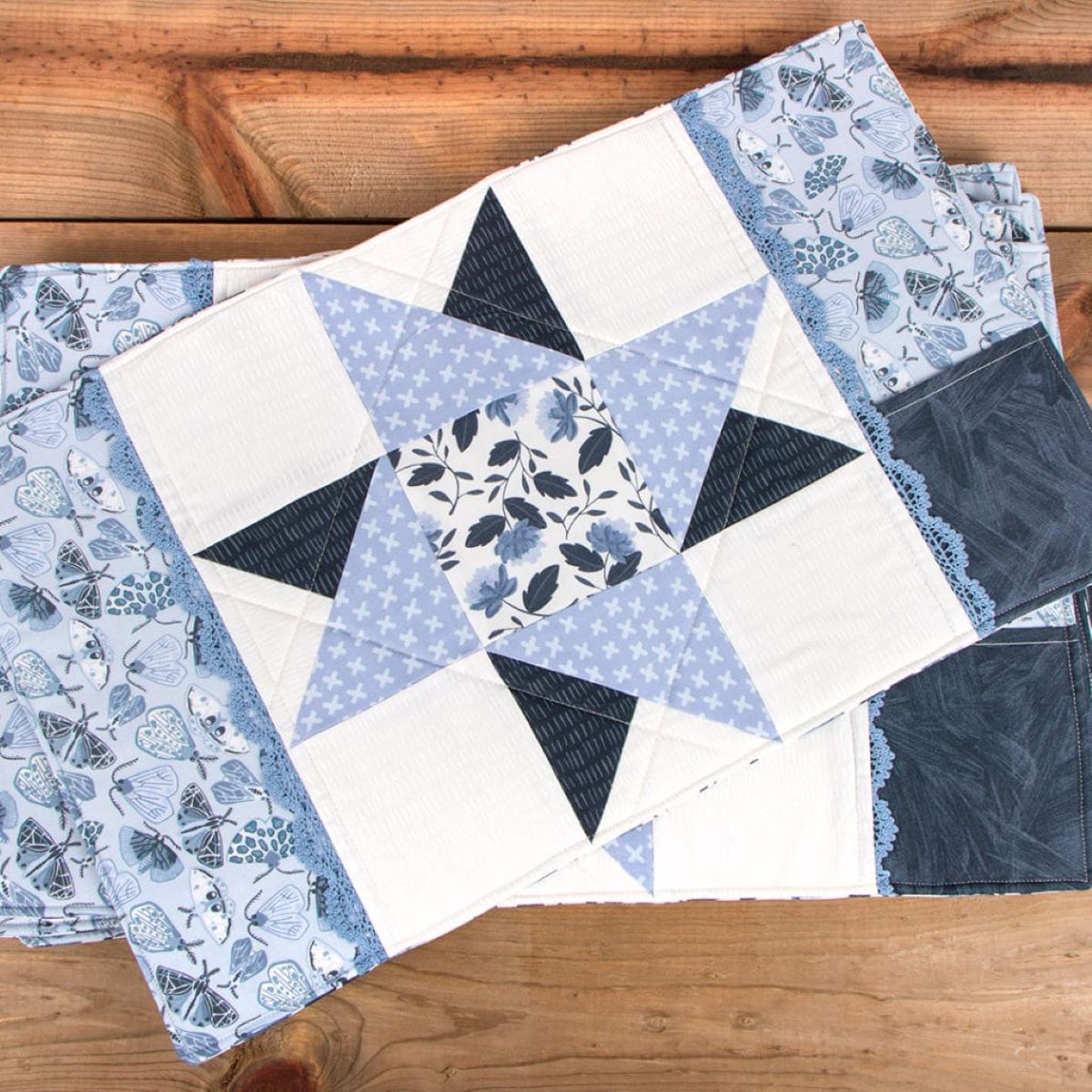
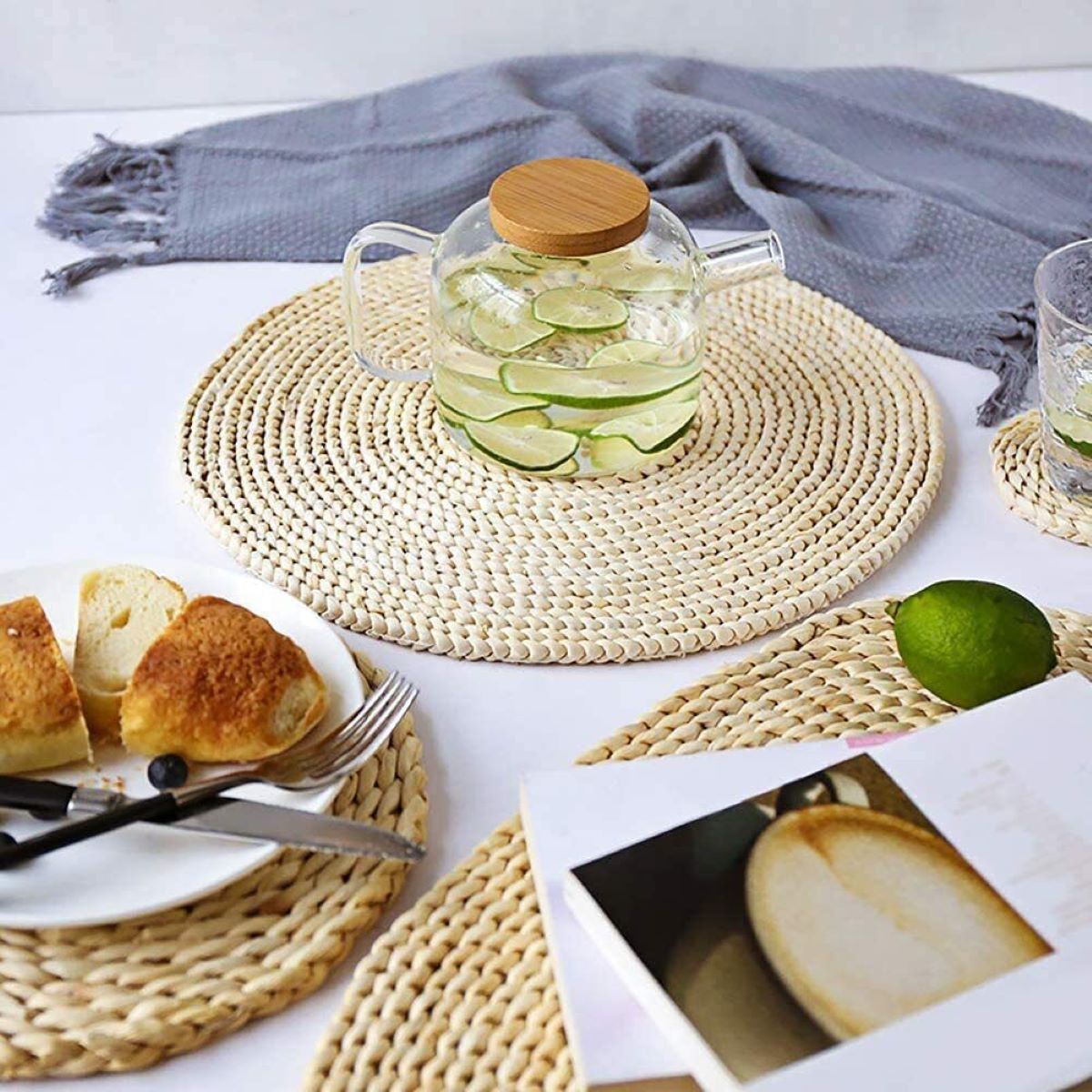
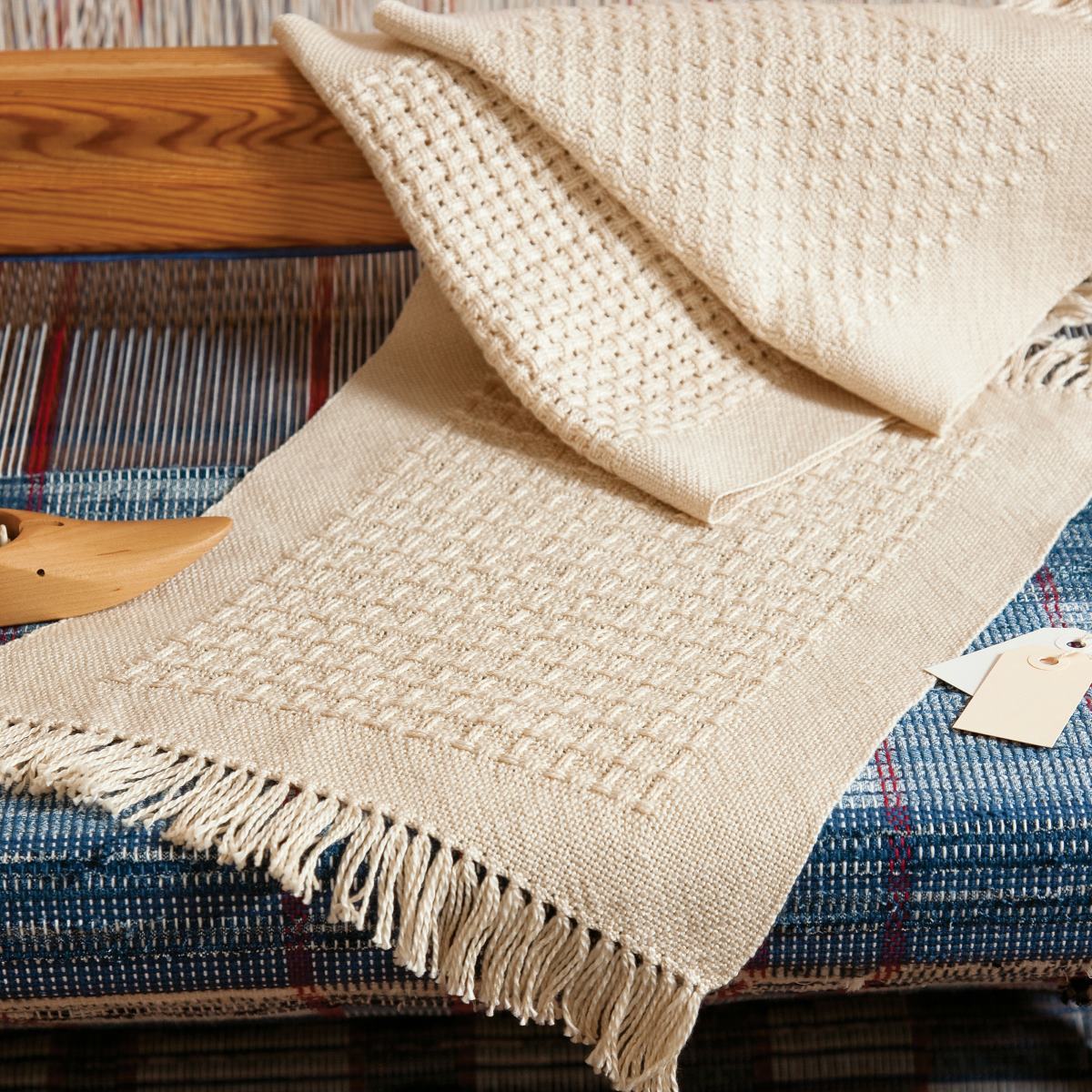
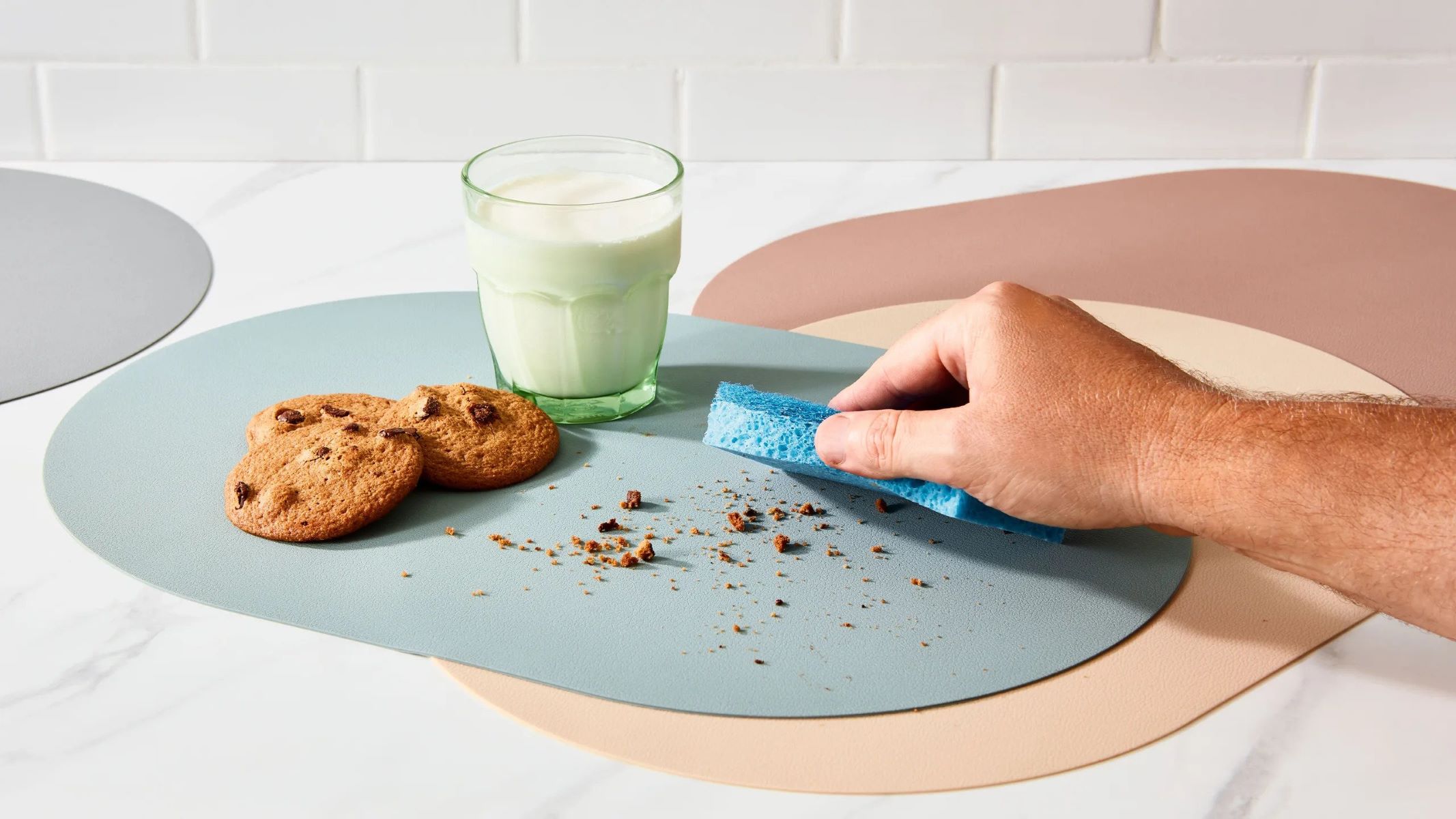
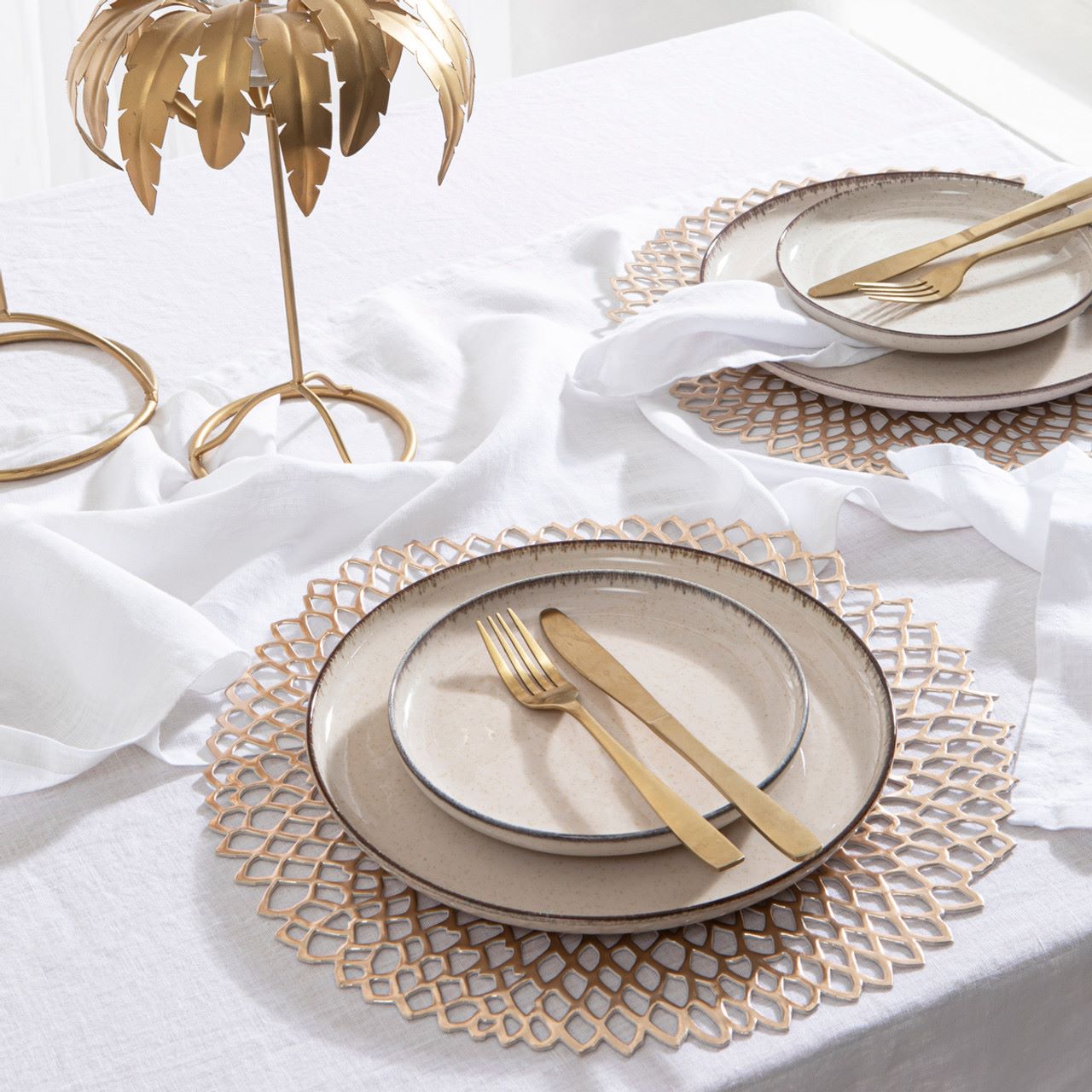
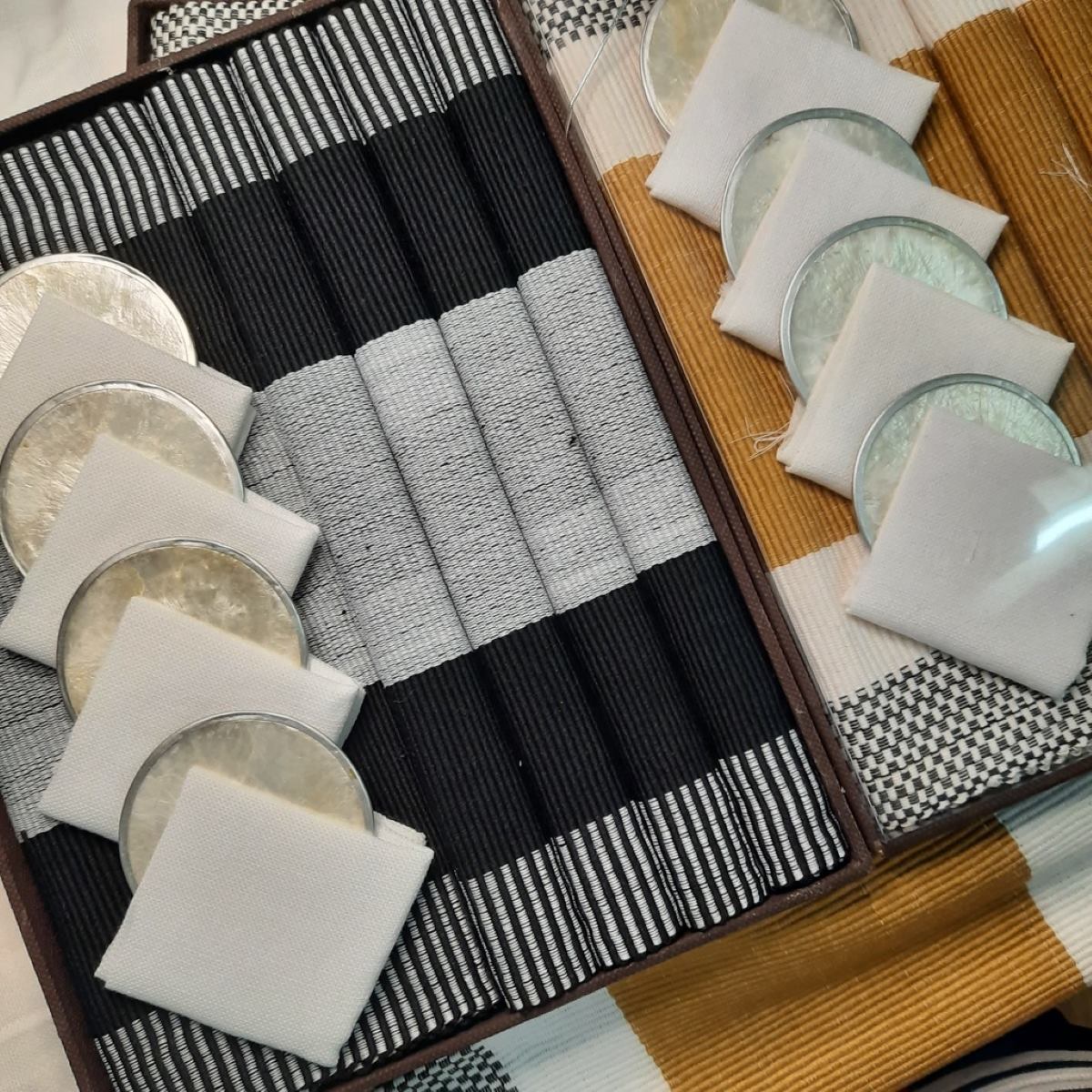
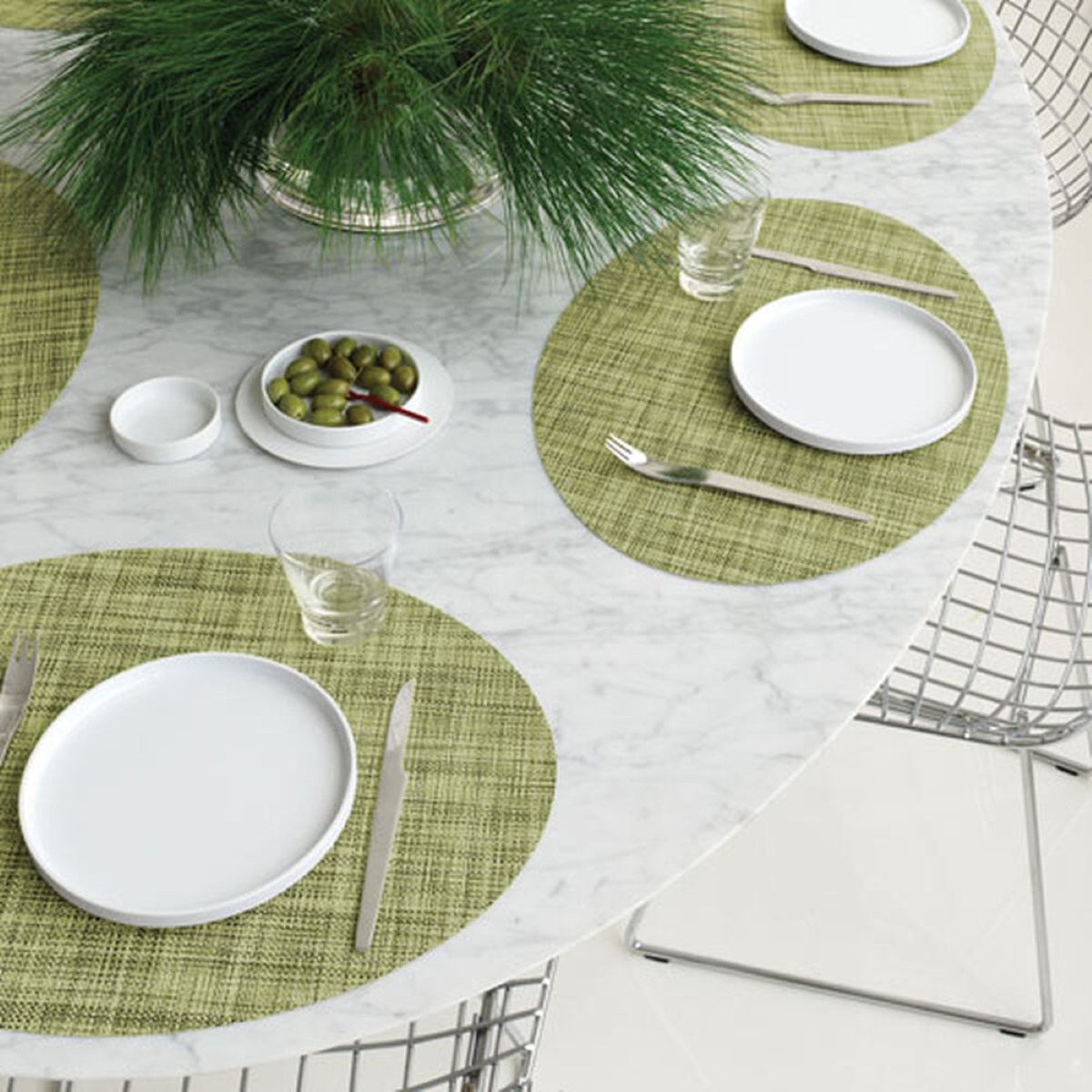
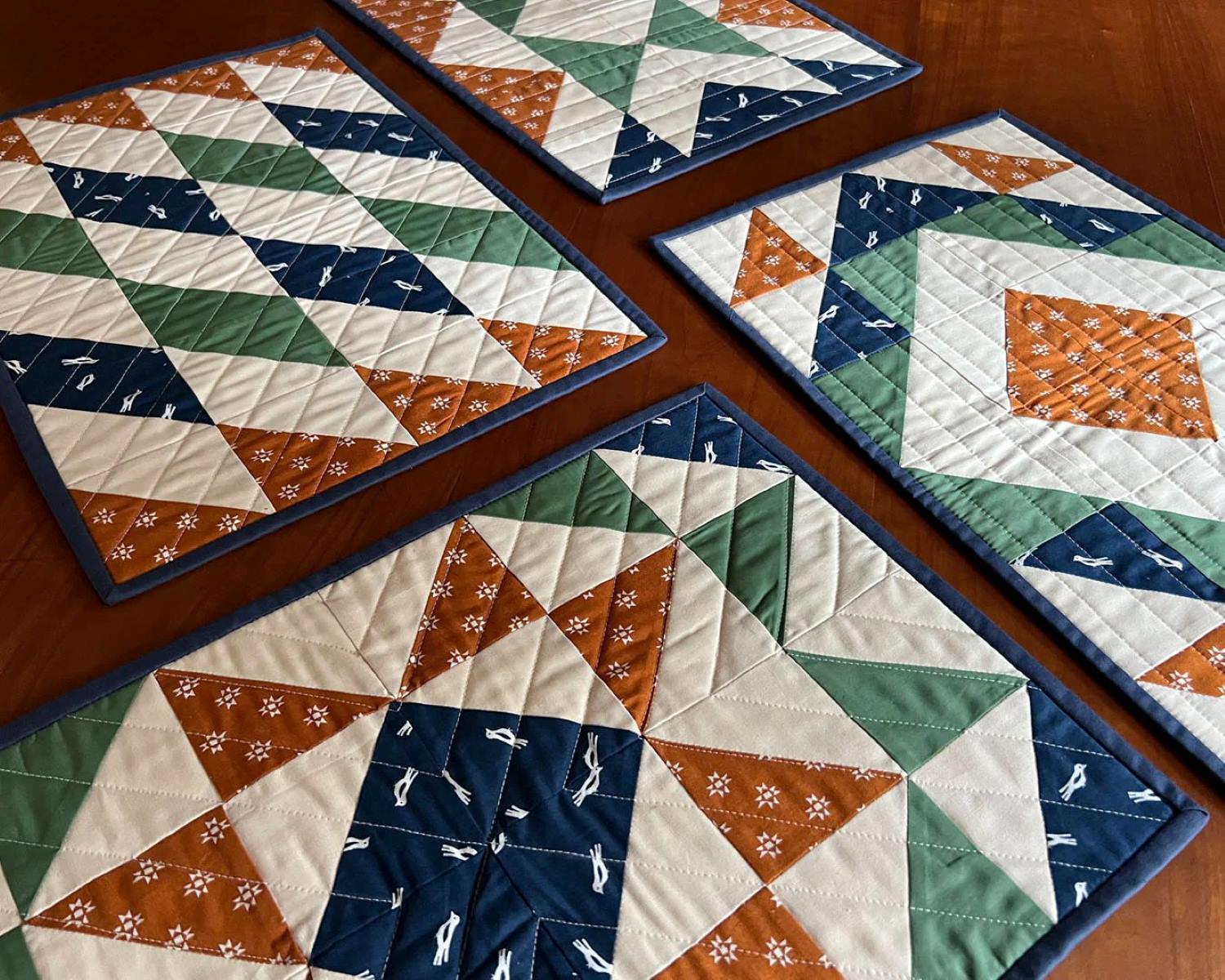
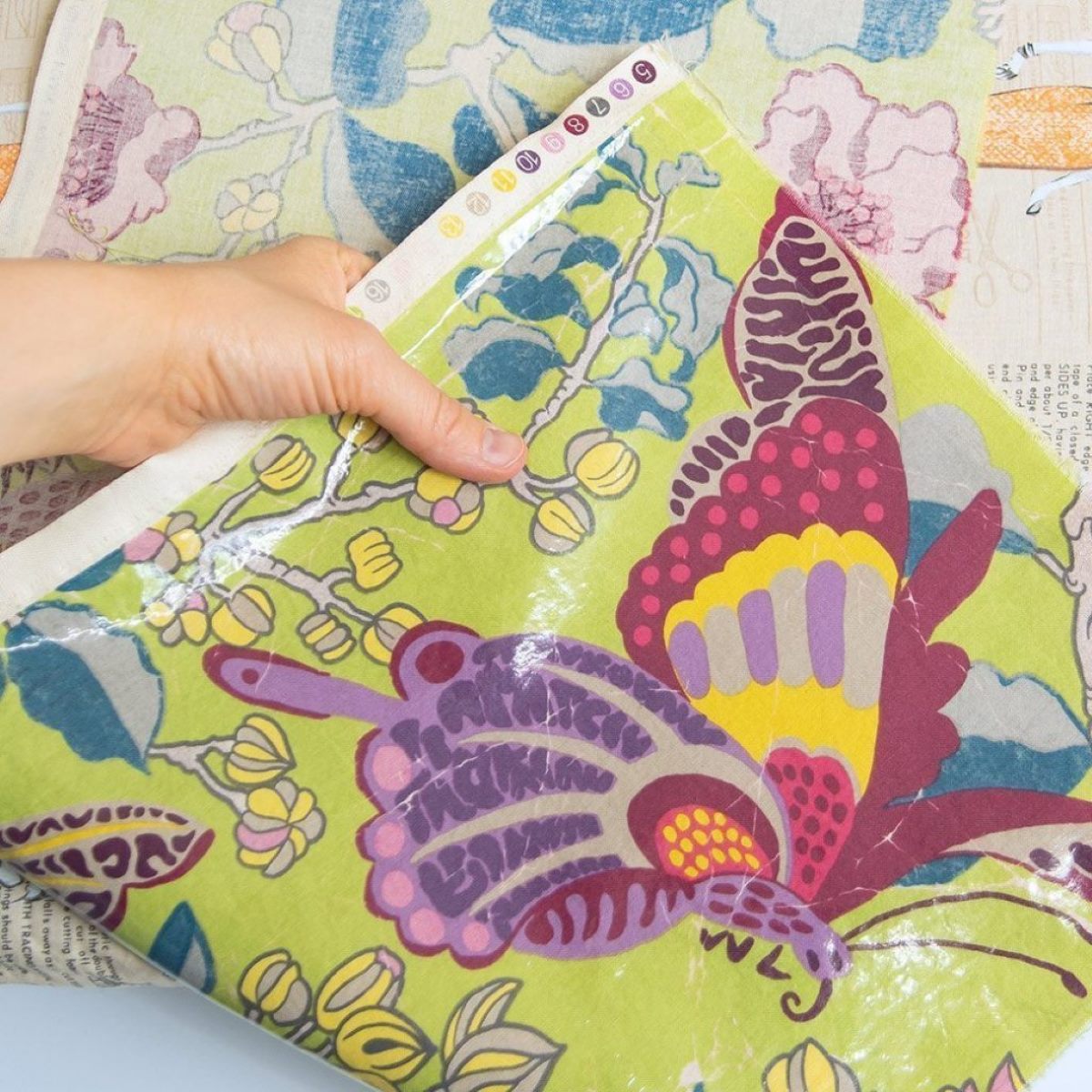
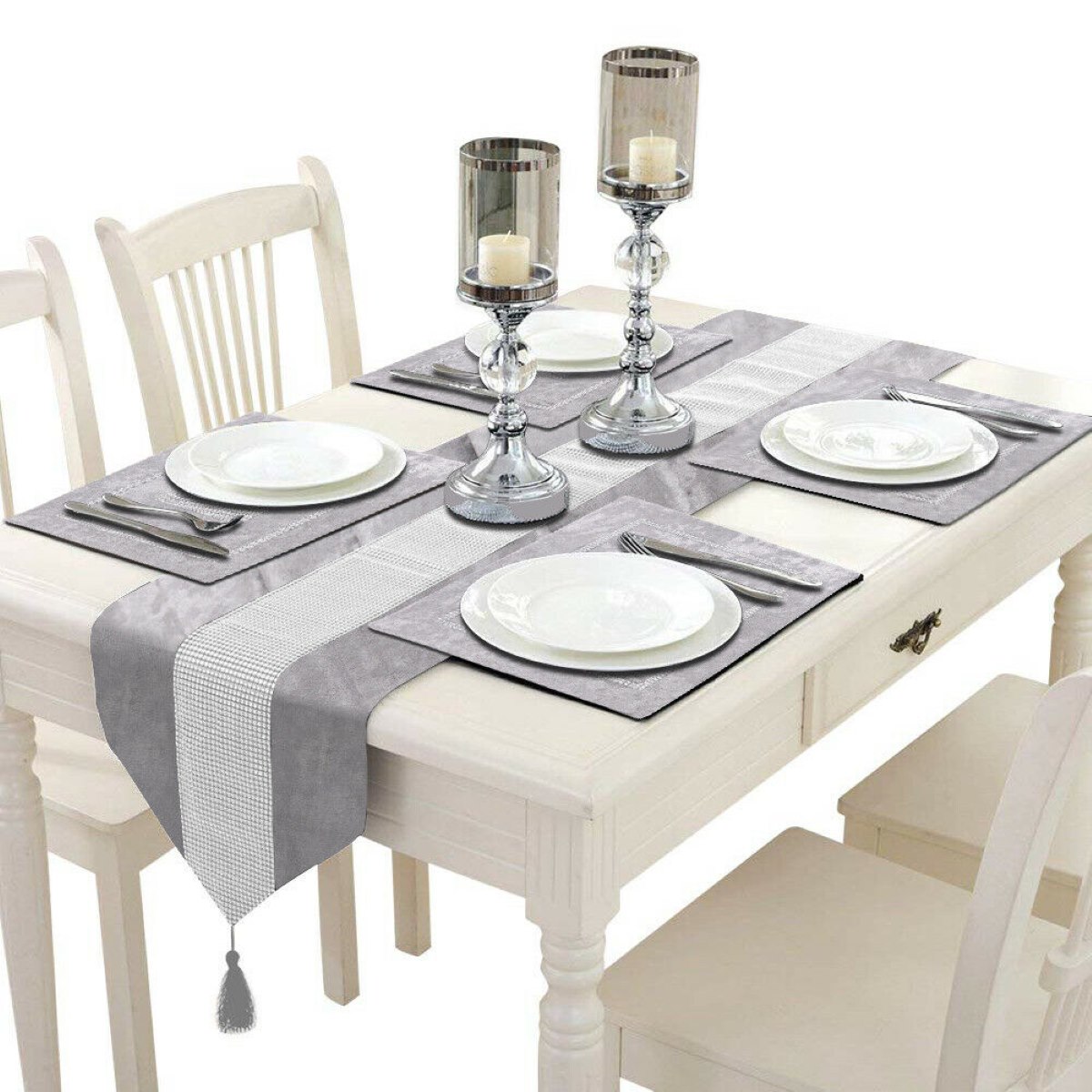
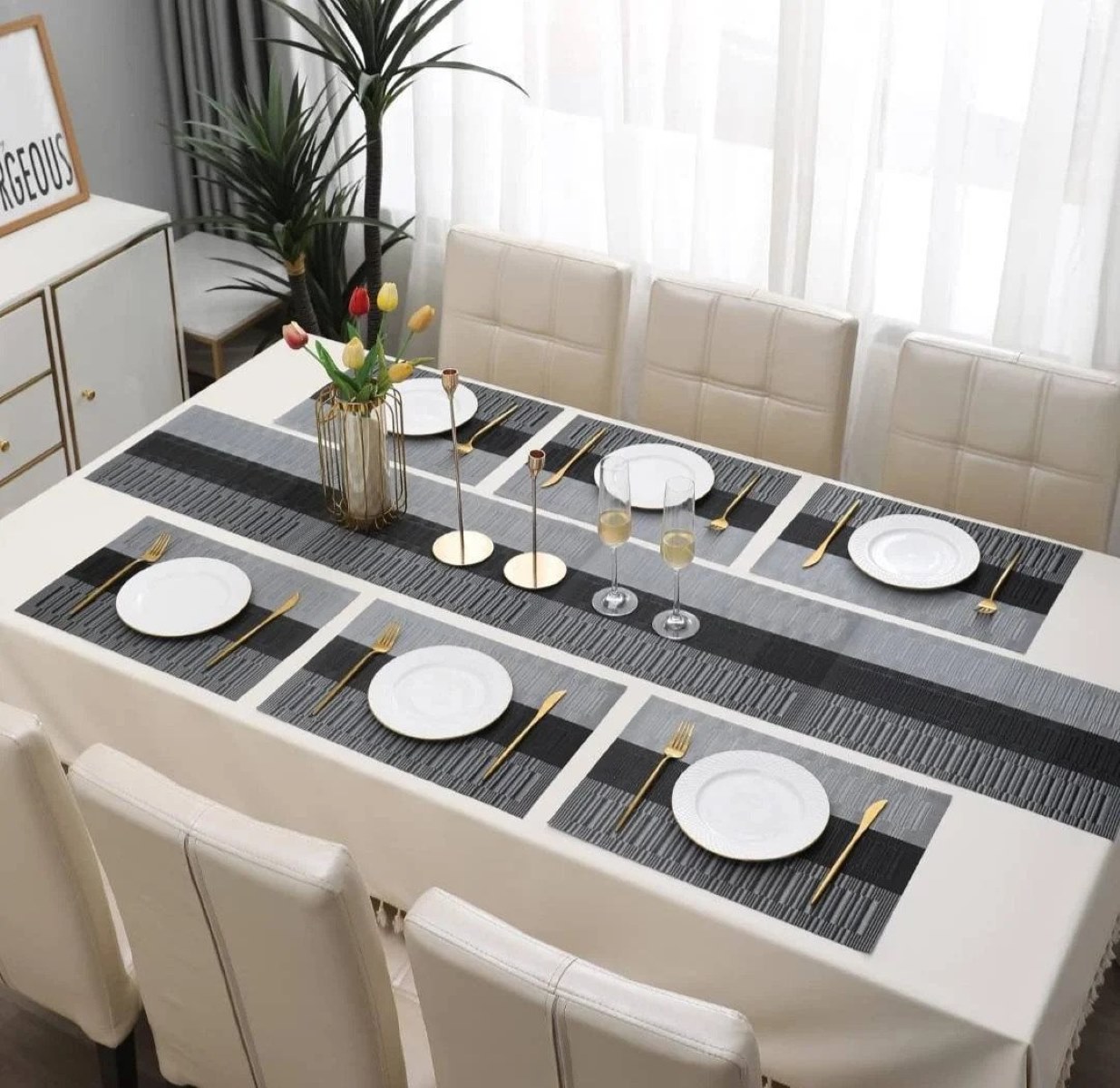
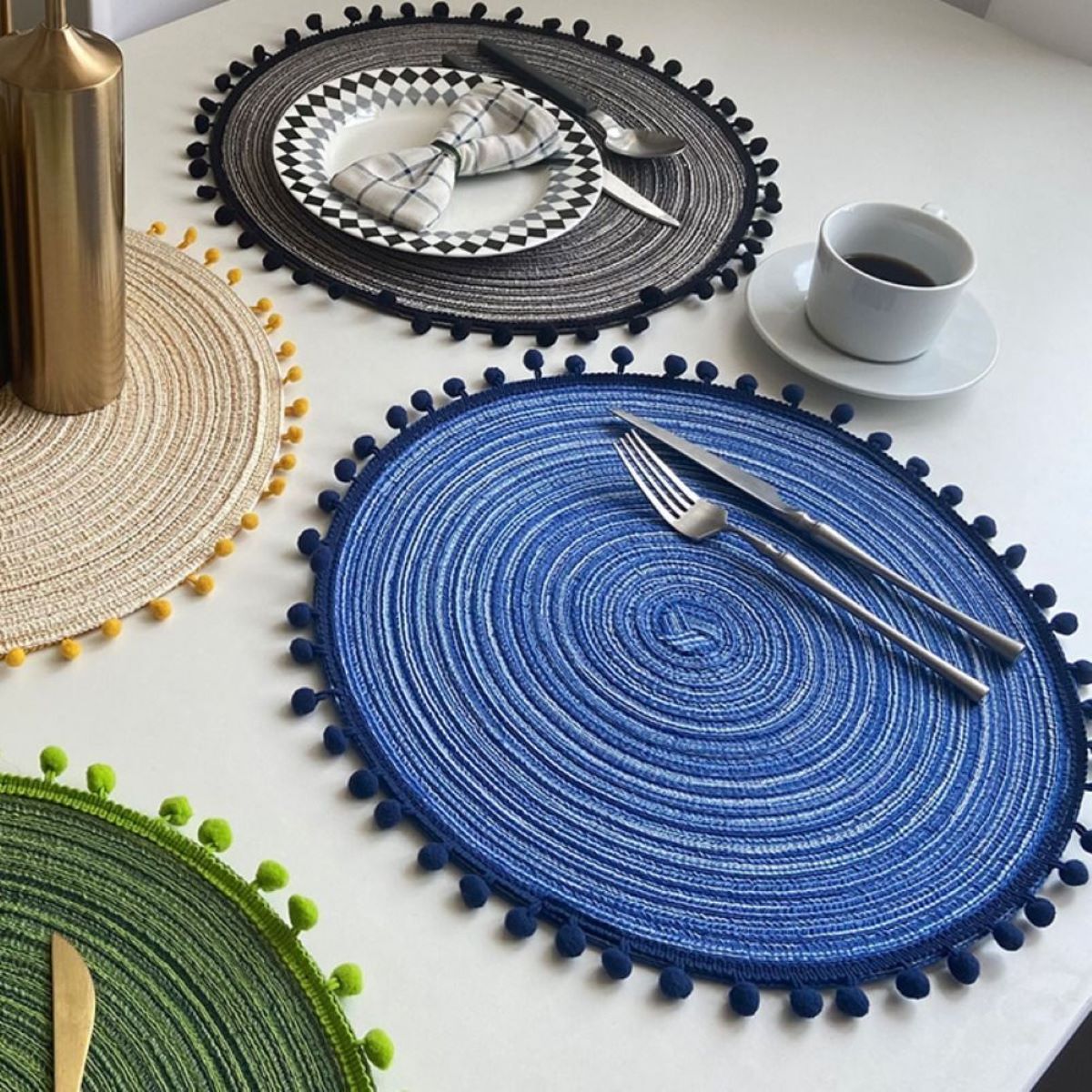
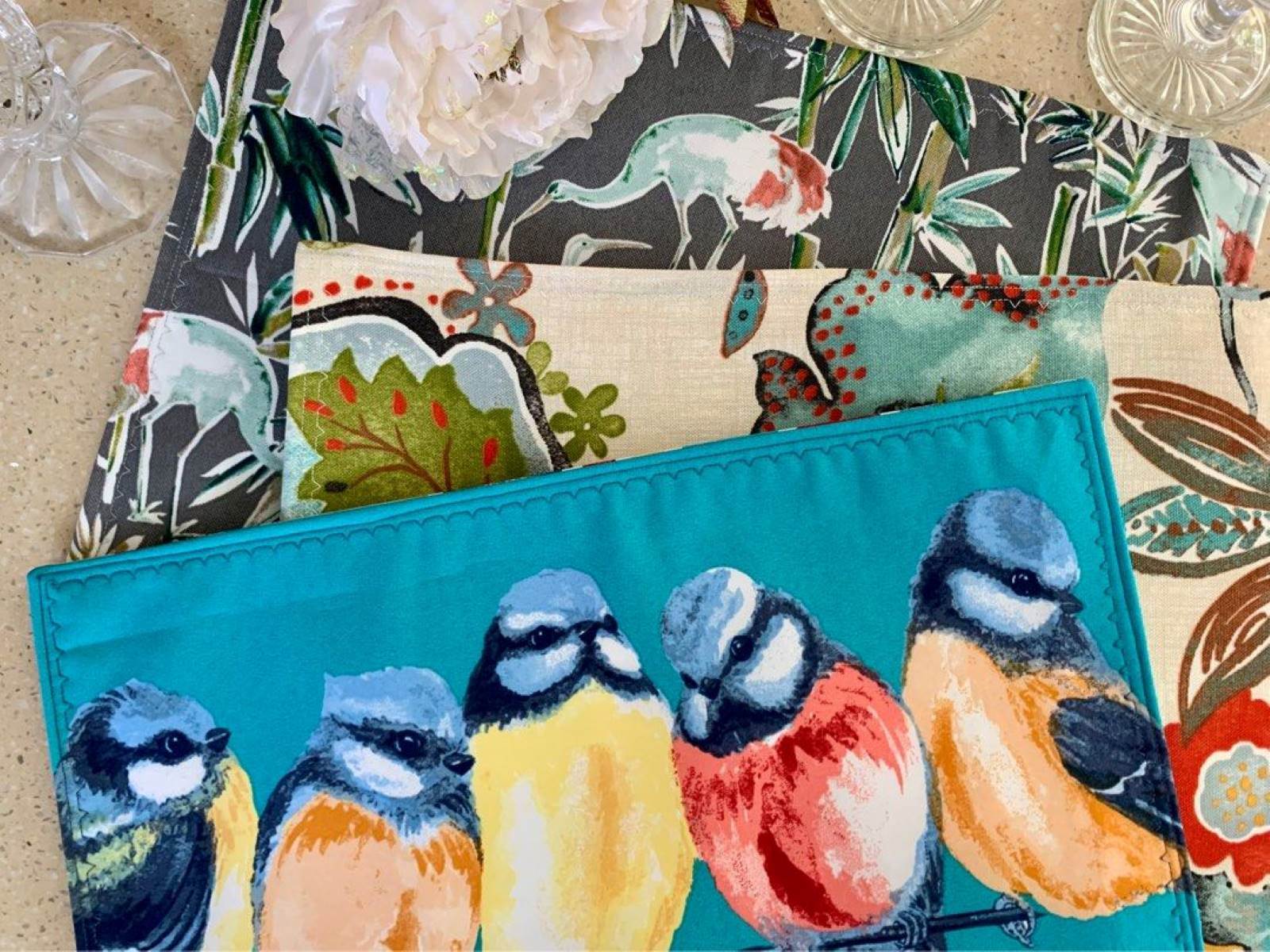

0 thoughts on “How To Store Placemats”